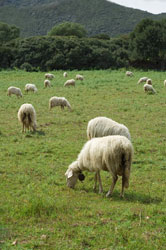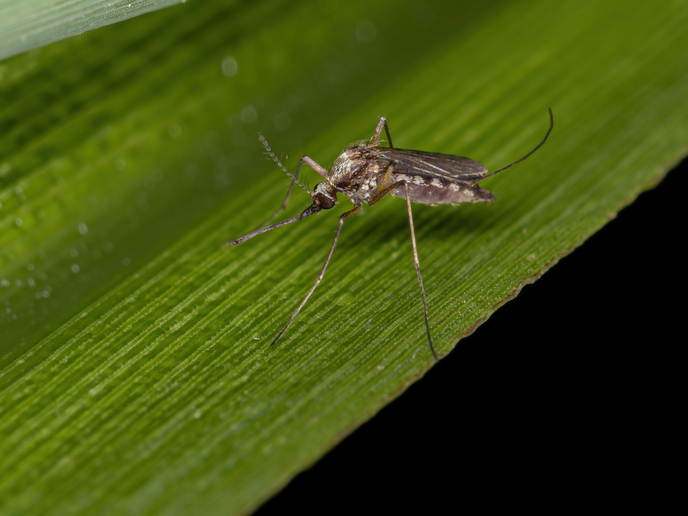Essential udder traits for quality sheep milk
Responsible for Roquefort cheese, the Lacaune sheep breed is a valuable asset in Europe's sheep meat and milk production market. Their milk is high in butterfat and protein and lambs show a good weight gain and produce pleasant tasting meat with an attractive colour. They originate from the Pyrenees in Southern France where the cheese can be found as a hand-made commodity. As part of a drive to preserve the quality and safety of sheep products, European project GENESHEEPSAFETY aimed to improve the standards in the industry using genetic techniques. Given the breeding history and qualities of the Lacaune population, it was appropriate for project partners at INRA in the mid-Pyrenees to make this sheep their target for study. Milk production is clearly a polygenic trait. It is a complex phenotypic trait affected by multiple genes controlling milk quality as well as the physical attributes of the udder. It is not surprising that udder morphology affects the proclivity to release milk. Nine traits were studied in all. As regards the milk itself, fat and protein content and yield were monitored. For udder health and milking ability, lactation somatic cell count (LSSC), teat angle, udder cleft and depth were all considered important. This piece of research constituted a much more comprehensive study than those previously performed. Integrating all aspects of milk yield with udder traits promises to result in higher production of a quality product that is geared to market demands. Selection on the grounds of milk yield alone, although productive in the short-term, may result in baggy udders. The degradation of udder structure leads to a situation where machine milkability would be decreased leading to a predisposition to diseases like mastitis. The inclusion of udder traits in future breeding programmes then would seem to be highly recommended. The incorporation of multiple traits in a breeding programme can be a complex balancing act. In terms of quality and quantity of sheep milk however, research of this nature is bound to pay dividends. Implementation of this research will mean a better, safer range of products in this still undeveloped market.







